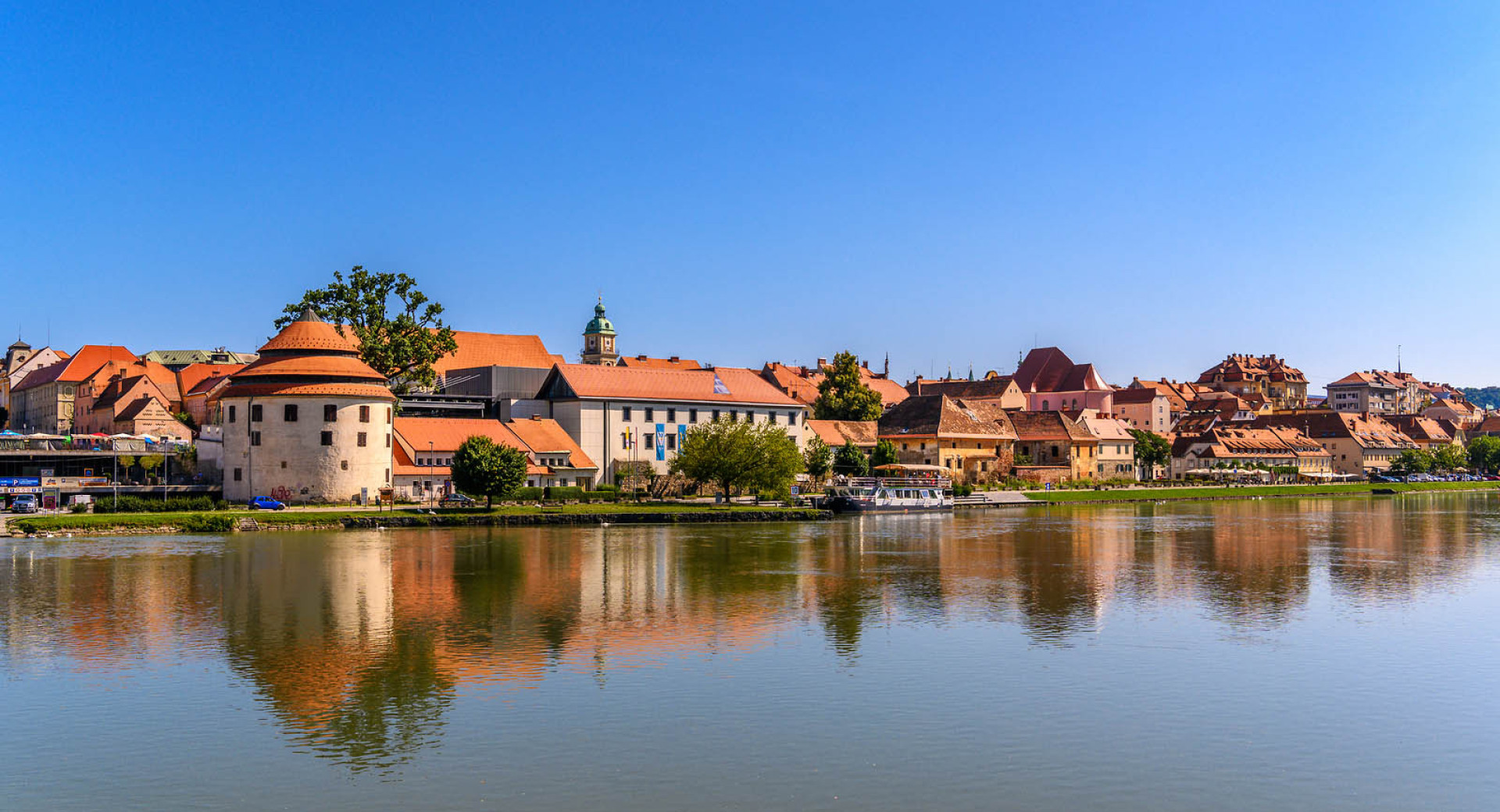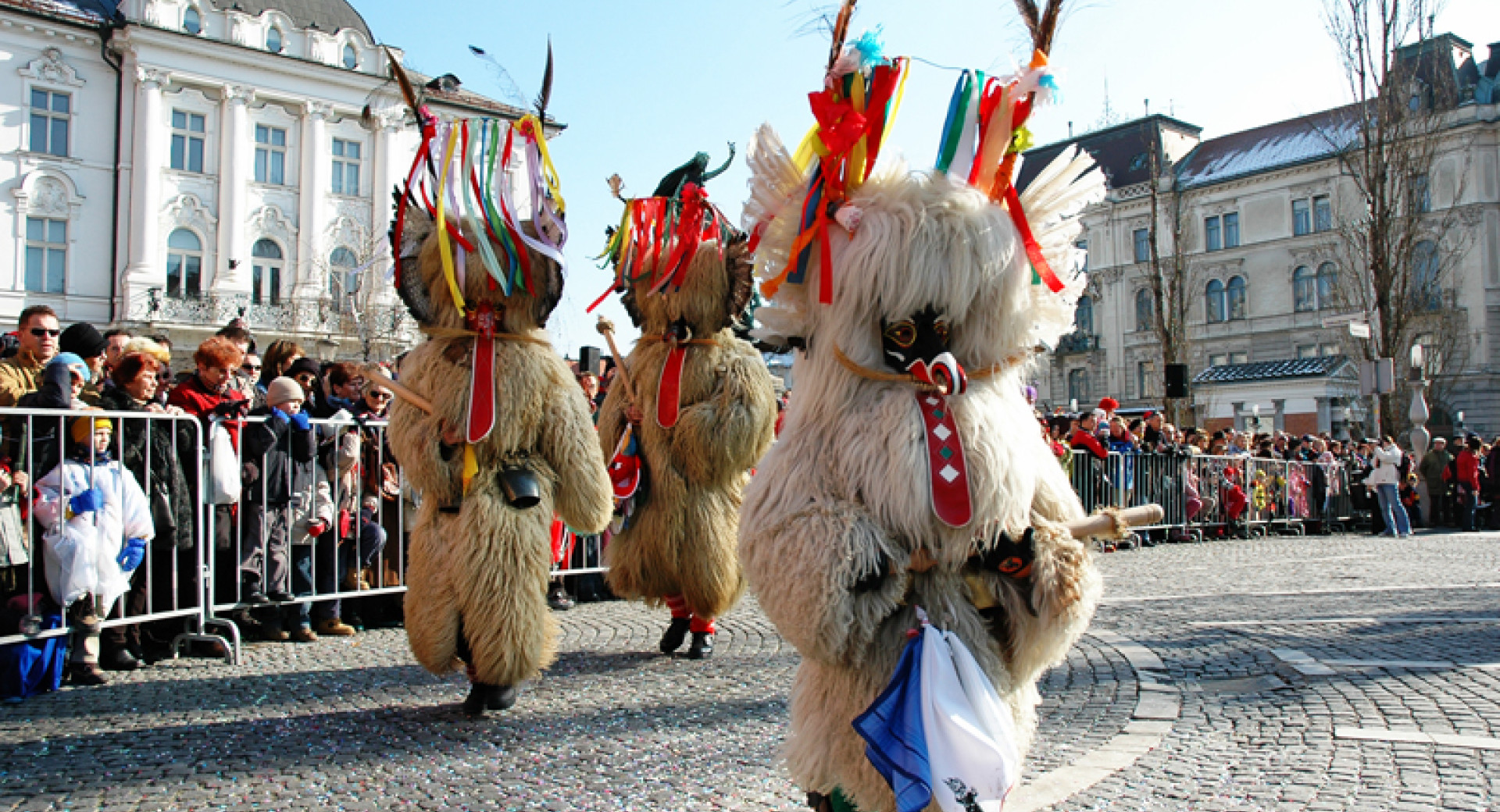Castles that Ring Ljubljana
I developed an interest in Bogenšperk Castle while filming an episode of Mysteries at the Castle for the Travel Channel, in my adopted homeland of Slovenia.
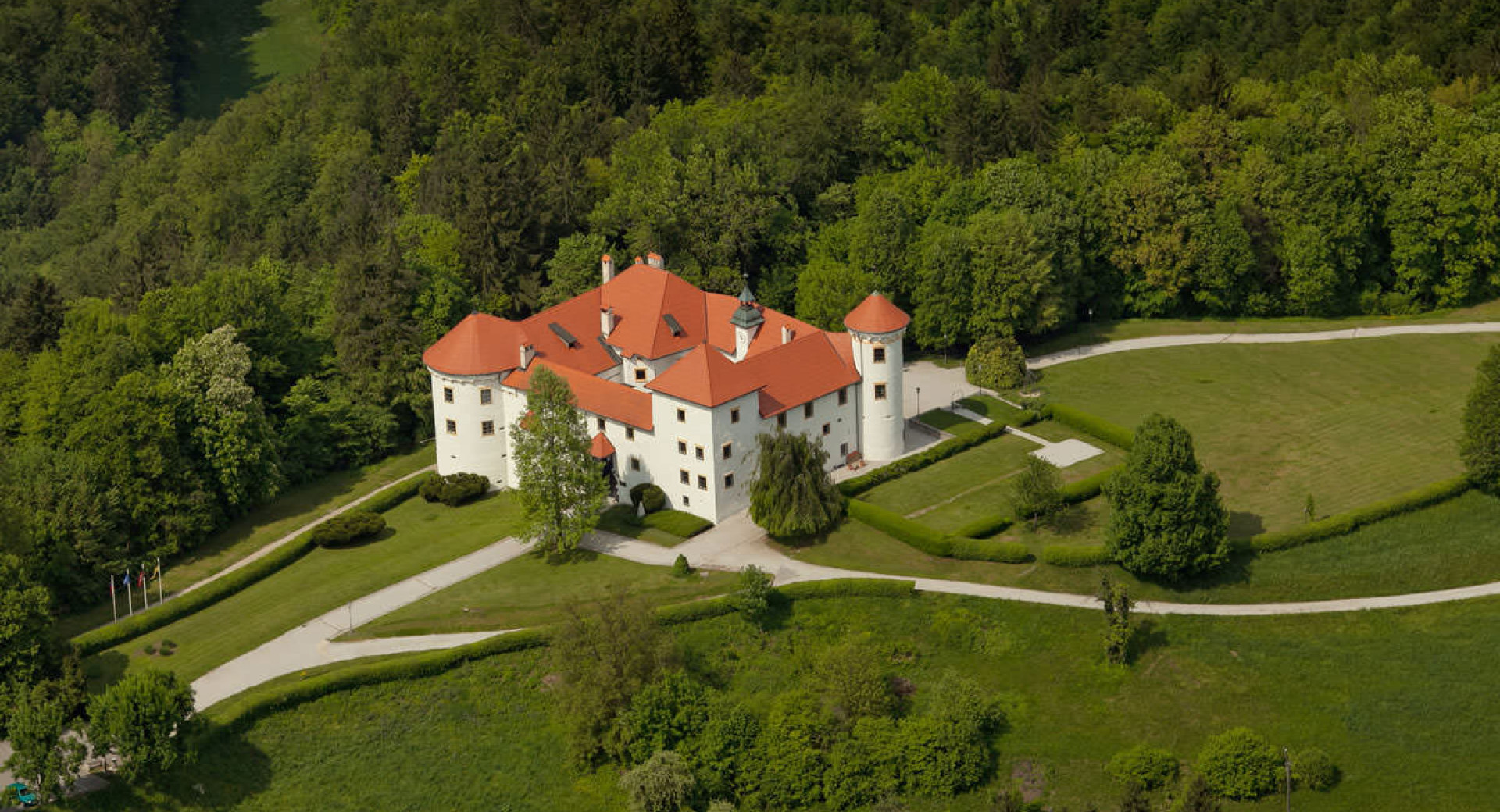
We were onsite at Bogenšperk, once the home of the wildly fascinating polymath, Baron Janez Vajkard Valvasor (1641-1693), who is a household name in this part of the world, but little-known elsewhere. I first came across him in a brief mention in Slovenia guidebooks. He sounded so interesting that I was quite shocked that there was almost nothing else written on him, especially not in English.
He is best known for having discovered a natural explanation for why Lake Cerknica pulls its annual disappearing act—Cerknica is the largest lake in Slovenia for half the year, but then it drains completely and becomes a pasture for the other half. This was believed to be due to the incantations of witches, but Valvasor developed a theory of hydraulics that turns out to be very close to today’s scientific explanation.
But solving the vanishing lake mystery is just one aspect of Valvasor’s truly remarkable resume. With a bit more research into Valvasor, I found someone as intriguing as Alexander von Humboldt, the adventurer and scientist who analyzed giant squid and is a household name in the Anglophone world, but of an era that preceded, by two generations, the Enlightenment. Valvasor’s time was an era in which magic was considered very real, and science a new sort of fairytale that could be experimented with.
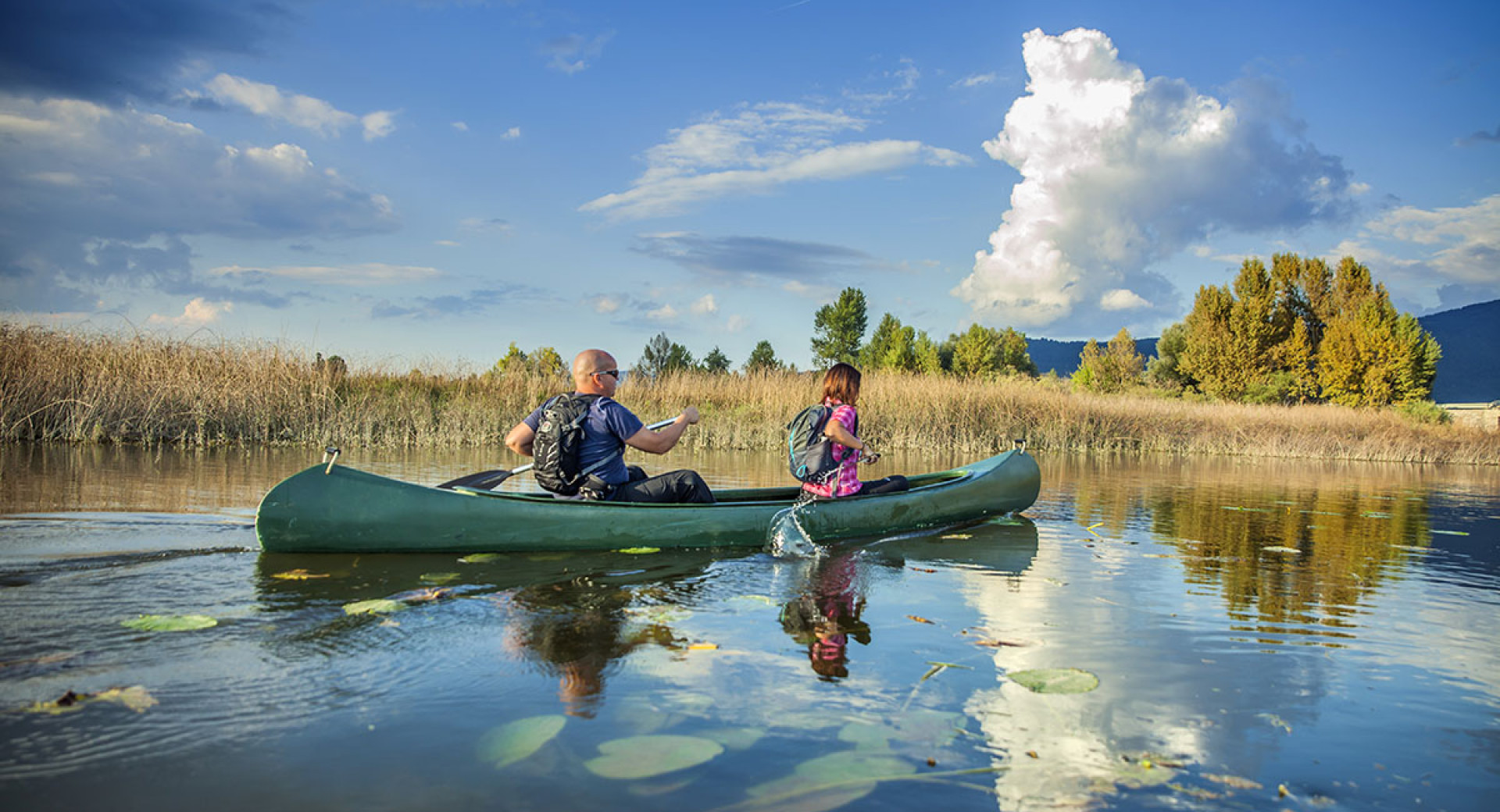
Cerknica Lake, foto: Aleš Petrič
Quoted by famous philosopher Immanuel Kant, admired by Sir Hans Sloane (founder of the British Museum), a member of London’s prestigious Royal Society since 1687 (nominated by Edmond Halley, after whom a famous comet was named), an inspiration for authors like Jonathan Swift (Gulliver’s Travels) and Bram Stoker (Dracula), Valvasor is a hugely influential, but today largely invisible, presence in the worlds of natural history, mythography, the preservation of folklore, geology and hydraulics, and much more. He also forecast “social history” and the anthropological interest in preserving the stories, habits, and traditions of local “unimportant” folk (meaning the general public, not only focusing on nobility and clergy) centuries before this became the norm.
He was the first person to print a book that discussed vampires, two centuries before Dracula and well ahead of the popular craze on vampires of the 18th century (see my book, The Slavic Myths, for more on this). He published on demonic possession and exorcism, on the bizarre pseudo-pagan Krampus and Kurentovanje Lent traditions (in which men dress as demons to frighten away the winter and invite in the spring), on baby dragons, bee-keeping, and special multiple-exploding gunpowder (from a secret recipe he learned while in a Turkish prison), to name a few subjects. He was also a chronicler of magic, the supernatural, witchcraft, and the Devil—he firmly believed in them all. Yet in his descriptions of, for instance, techniques to dispatch bothersome vampires, one can see at play the tension between an understanding that the supernatural is real and a part of everyday life, and a desire to look for scientific explanations. This was one interesting dude.
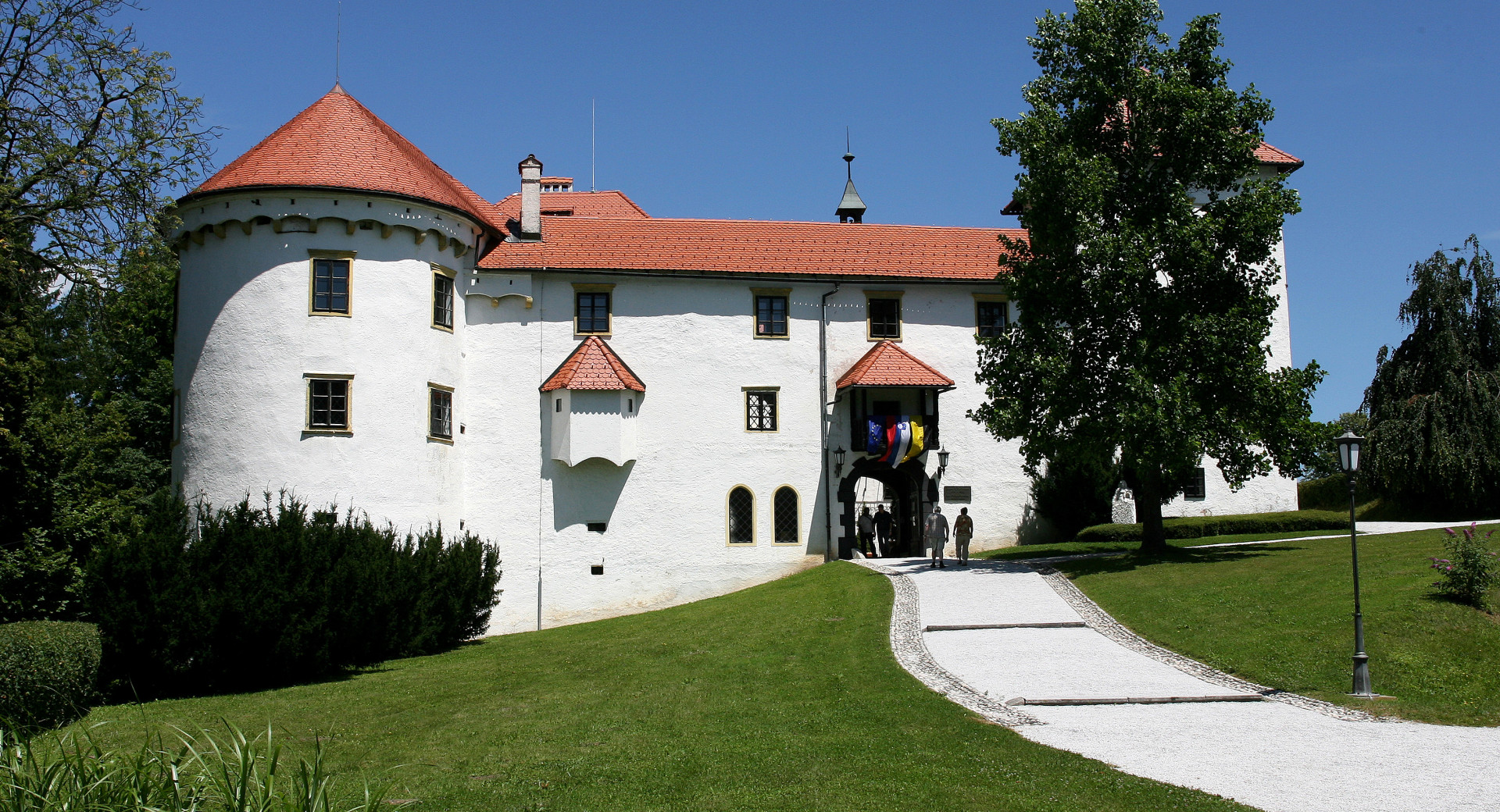
Bogensperk Castle, foto: Aleš Fevžer
Bogenšperk Castle
All of this is on display at Bogenšperk Castle, Valvasor’s home for much of his life. The castle also includes a fine collection of natural history specimens (taxidermy wildlife from the region, from a lynx to a badger and beyond), exhibits on Kurentovanje, witchcraft, folk remedies, and printmaking, which was Valvasor’s main preoccupation—he went bankrupt due to his book publishing endeavors that didn’t sell as well as he’d hoped.
While Valvasor offered a rational, scientific explanation for why Lake Cerknica disappears, he also described it as a “miracle of nature.” Valvasor’s writing, particularly his thousand-plus page 1689 magnum opus, Glory of the Duchy of Carniola, which offers an encyclopedic natural and folk history of the region of what is now Slovenia in which he lived, is woven through with both a genuine belief in magic and the supernatural (which was rational in the mindset of his era), and early attempts to override paranormal explanations and look for observable scientific rationale for the behavior of the natural world. He embodied these Enlightenment principles—the idea that Reason should rule all, and we should believe what can be scientifically proven (less supernatural, more evidence)—several generations before the Enlightenment proper began, and may be considered a proto-scientist, raised in a world of magic, monsters and witchcraft, but determined to eclipse this with the slowly rising sunlight of Reason.
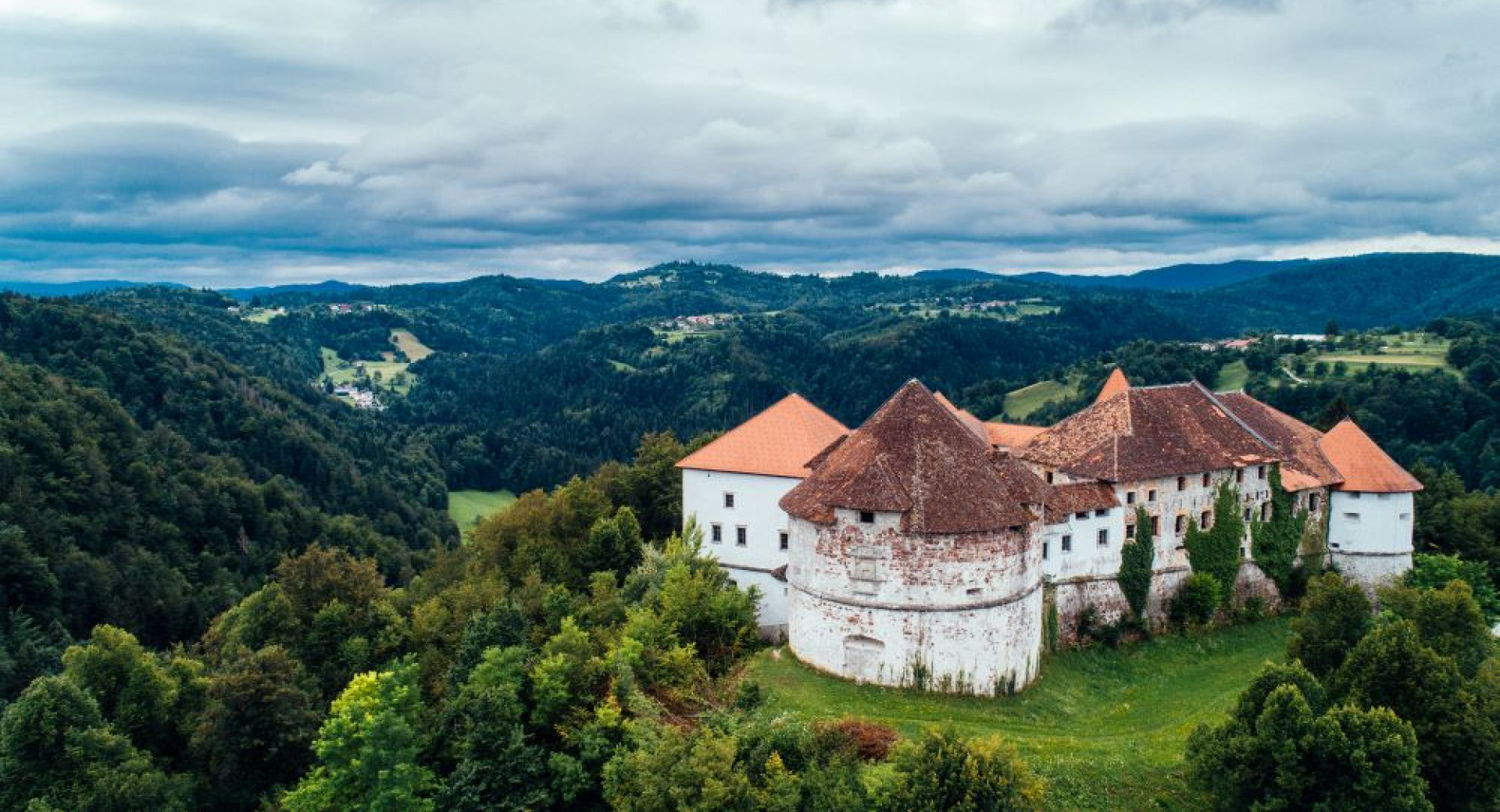
Turjak Castle, foto: Boštjan Podlogar © Boštjan Podlogar
Turjak Castle
Valvasor had an amazing life, which included a two-year Grand Tour of Africa, and time in a Turkish prison. He was part of the Habsburg army that fought the Ottomans for centuries in a bid to control Europe. Turjak Castle, built in the 13th century, 20 kilometers southeast of Ljubljana, began as a local feudal stronghold but was expanded to fend off Ottoman invasion.
In truth, the territory now known as Slovenia wasn’t wealthy enough to interest the Ottomans for settlement. It was subject to raids when the army passed through on their way to more enticing targets, with Vienna as the trophy they never managed to win. Slovenia is full of fortified churches—the primary tactic for the under-armed locals was to rush into a church, lock themselves in, and pray fiercely. There was a warning system in place: on hilltops throughout the country, wood piles were set, ready to be ignited into bonfires should lookouts spot an approaching army. Each bonfire was strategically located so that it could be seen from two other hilltop watch posts, which would then light their bonfires, creating a chain of warnings that could ripple across the country. Locals would flee into the forest or lock themselves in churches, while the nobles would hide within stout castle walls. There was no standing army in Slovenia to fend off Turkish attacks, and so the locals were largely left to fend for themselves.
It was thought that Turjak Castle’s name comes from an origin linked to fighting the Turks, or from an extinct breed of giant cattle that once roamed Europe but was hunted to extinction (aurochs, or tur in Slovene), but the truth is more mundane. It probably derived from the name of the family that first built it, the Ursbergs (later their name was von Auersperg). The castle’s most famous son was Andreas von Auersperg, described as the “Carniolan Achilles,” for his military prowess. He commanded forces from the Carinthia and Carniola regions (the two northern regions of what is today Slovenia) at the Battle of Sisak, defeating the Ottomans on 22 June 1593.
The Ursbergs were also Protestant sympathizers in the 16th century, a time when it was dangerous to be so. They supported the first prominent Slovenian Protestants, Primož Trubar (who was a local, having grown up in the nearby village of Velike Lašče) and Jurij Dalmatin. The castle was also the setting for a famous ballad by Slovenia’s leading Romantic poet, France Prešeren, called “Rosamund of Turjak.” It tells of attempts to win the heart of the spoiled heiress to the castle. You can learn all about these stories on a visit to the impressive castle, which also contains original frescoes, arms and armor exhibits and some slightly creepy lifelike mannequins.
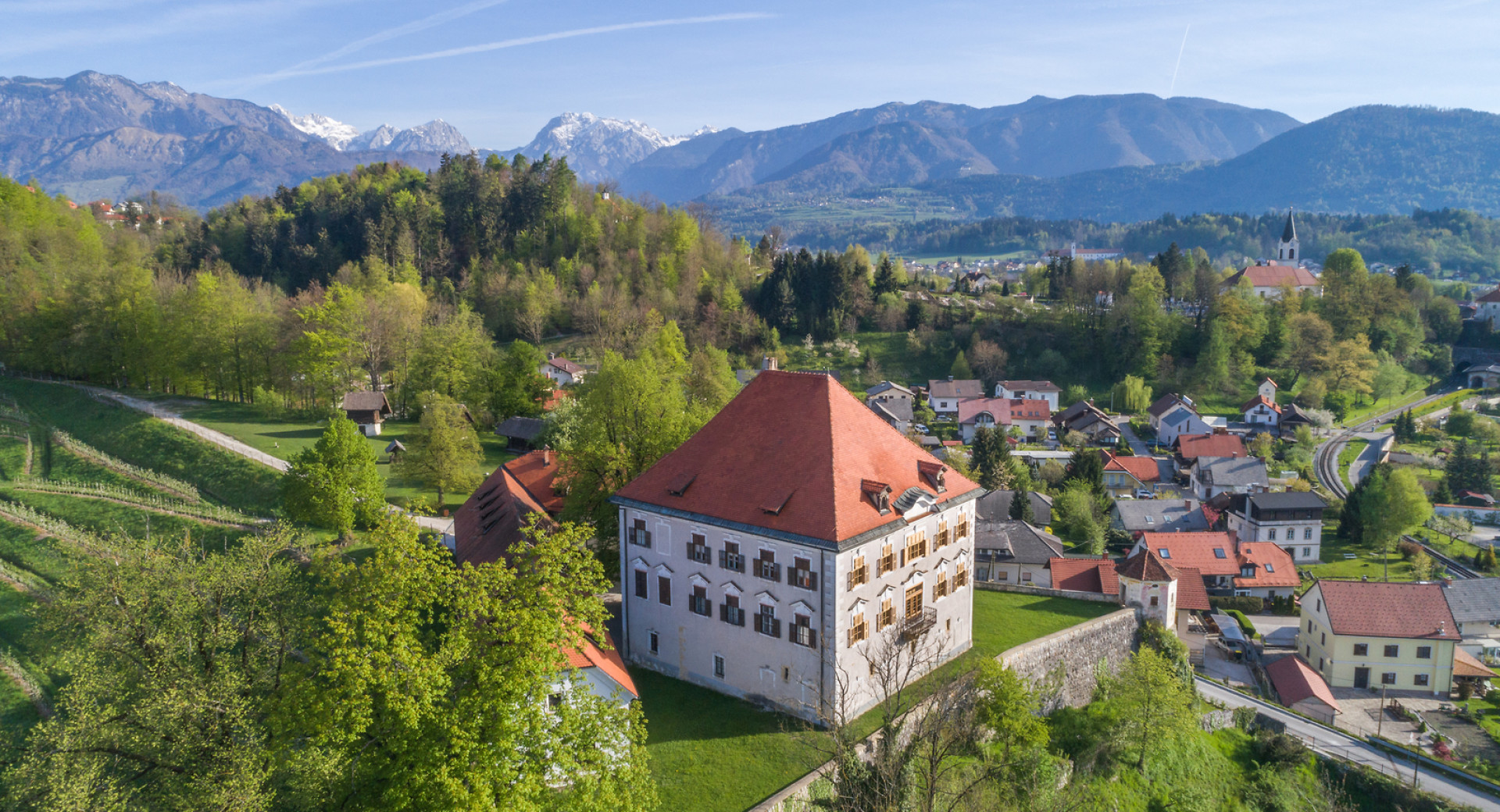
Zaprice Castle, foto: Jošt Gantar
Zaprice Castle
My adopted hometown of Kamnik features three and a half castles. There is Mali Grad (Little Castle), in the center of town, which is the oldest. There’s Stari Grad (Old Castle), which is newer than Little Castle. And there’s Zaprice Castle, which is really more of a Baroque manor house, but which contains the excellent regional museum. If you’re curious, the “half” castle is a 19th century industrialist’s mansion, Grad Katzenberg. It’s got the word “castle” in its name, grad, but it’s really a just very large house.
Zaprice is my local museum. I can see it from my study as I write this, and I’ve visited it, and filmed in it, often. It was first mentioned in 1306, and like Turjak Castle, became known for housing and supporting Protestants, in this case Lutherans, before Protestantism was legal. The version of the castle we see today is late Baroque, which is to say a late 17th and early 18th century renovation. You get an expansive view of the charming mountain town of Kamnik from its battlements, and inside you’ll find exhibits of a mammoth skeleton found nearby, a local band of Napoleonic army deserters turned Robin Hood-like bandits called Rokovnjaci, the castles of Kamnik, medieval trades and crafts, and more.
Kamnik was actually more important than Ljubljana for most of the last millennium. It was a town granted the right to mint its own coins, meaning it was a major trade center. Run by the noble Bavarian Andechs family, it was a stop on trade routes between Celje and Ljubljana.
When my daughters were little, they loved visiting Zaprice, which has many interactive exhibits that delight children. Upstairs, you’ll also find exhibits on nearby Velika Planina, a mountain plateau inhabited by herdsmen since the Iron Age and with its own culture and traditions, as well as rooms dedicated to Kamnik’s impressive industrial heritage (it was a major industry center for Yugoslavia), and even sections on shipping.
From Bogenšperk to Turjak to Zaprice and beyond, Slovenia is a land of castles. For me, when I was a young American, coming from a country without castles, castle visits were the highlight of my family holidays in Europe. Even today, seeing ramparts on the horizon brings out my inner child. So don’t be surprised if you spot me dueling imaginary enemies on a Slovenian castle wall…
This blog is also available as a podcast, where you can enjoy listening to Noah's charming American accent.


